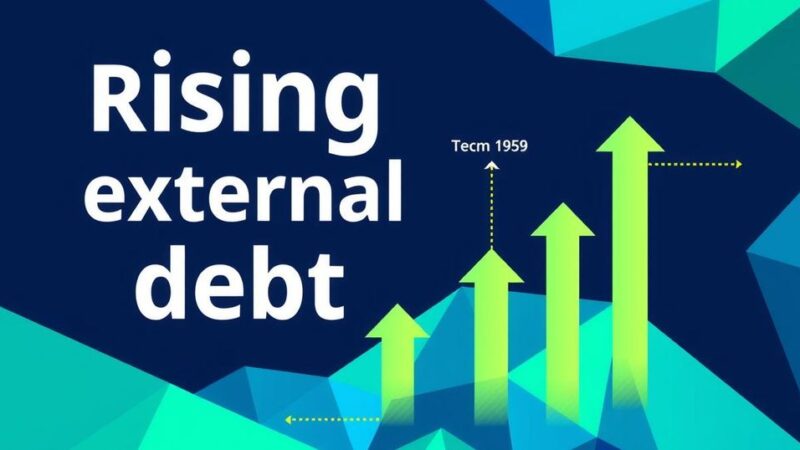Rwanda’s inflation rate fell to 4.8 percent in 2024 from 14.0 percent in 2023, attributed to solid agricultural performance and central bank policies. Temporary inflation increases were noted at the start of 2025, but future projections remain optimistic. Export growth is significant, and the financial sector is expected to maintain stability despite credit risks.
In 2024, Rwanda’s economy witnessed a significant decline in inflation, with rates plummeting to 4.8 percent from 14.0 percent in 2023. This remarkable decrease, as highlighted by Central Bank Governor Soraya Hakuziyaremye, is primarily attributed to robust domestic agricultural performance, a reduction in international commodity prices, and the implementation of stringent monetary policies by the central bank.
Hakuziyaremye presented the Monetary Policy and Financial Stability Statement, detailing how government interventions aimed at lowering the cost of essential goods played a pivotal role in curtailing inflation rates. Experts concur that this decline signals improved economic stability and enhances consumer purchasing power, leading to reduced costs for businesses and fostering investment.
While the inflation rate showcased stability, there was a temporary increase observed at the start of 2025, peaking at 7.4 percent in January. Hakuziyaremye explained that this spike was primarily due to the base effect from the previous year’s strong agricultural harvest; however, inflation notably decreased to 6.3 percent by February 2025. She expressed optimism that inflation would likely stabilize within the target range.
Current projections estimate inflation to hover around 6.5 percent in 2025 and further drop to 4.1 percent by 2026. Nevertheless, Hakuziyaremye cautioned potential threats to economic stability, including escalating regional tensions and adverse weather conditions impacting agricultural productivity. In contrast, Sub-Saharan Africa struggles with higher inflation rates, currently projected at 12.3 percent for 2025.
The central bank’s bi-annual meeting reinforced its commitment to maintaining financial stability. Hakuziyaremye conveyed confidence in the stability of Rwanda’s financial sector but acknowledged emerging vulnerabilities related to increasing credit risks. She emphasized the necessity for financial institutions to uphold sufficient liquidity, capital, and sound risk management practices.
Moreover, the global economic landscape reflects a decline in commodity prices, with a forecasted drop in global energy indices by 6.3 percent due to decreased crude oil prices and lower global demand. Recent high-frequency indicators point towards Rwanda’s economy potentially exceeding the previously projected growth rate of 8.3 percent, primarily fueled by the industrial, mining, construction, and services sectors, all experiencing significant growth.
Overall, while exports showed promising growth of 6.9 percent, imports increased at a moderate rate of 5.8 percent, largely driven by capital goods demands. Additionally, the Central Bank had implemented reductions in lending rates, further influencing interbank rates, though discrepancies between corporate and personal lending rates remain evident, impacting the average lending rate.
The substantial decrease in Rwanda’s inflation rate to 4.8 percent in 2024 illustrates effective economic management amid global challenges. The central bank’s tight monetary policies, alongside government interventions, have bolstered stability and consumer purchasing power. While temporary inflation rises are observed, future projections remain positive with close monitoring necessary to mitigate potential risks. The overall economic growth is promising, with key sectors performing robustly and a focus on maintaining financial stability within the banking sector.
Original Source: www.newtimes.co.rw






